Hook Your Glow Goals
Let’s be honest your skin deserves the same love you’d give your most treasured outfit.
But what if the secret to glowing, healthy skin doesn’t come from a bottle of chemicals but instead, from nature’s finest?
If you’ve ever found yourself overwhelmed by flashy products or looking for a routine that actually works, you’re in the right place. Stick with me, and by the end of this guide, you’ll be armed with a 10-step natural skincare routine that feels more like self-love and less like a chore. Ready to glow naturally?
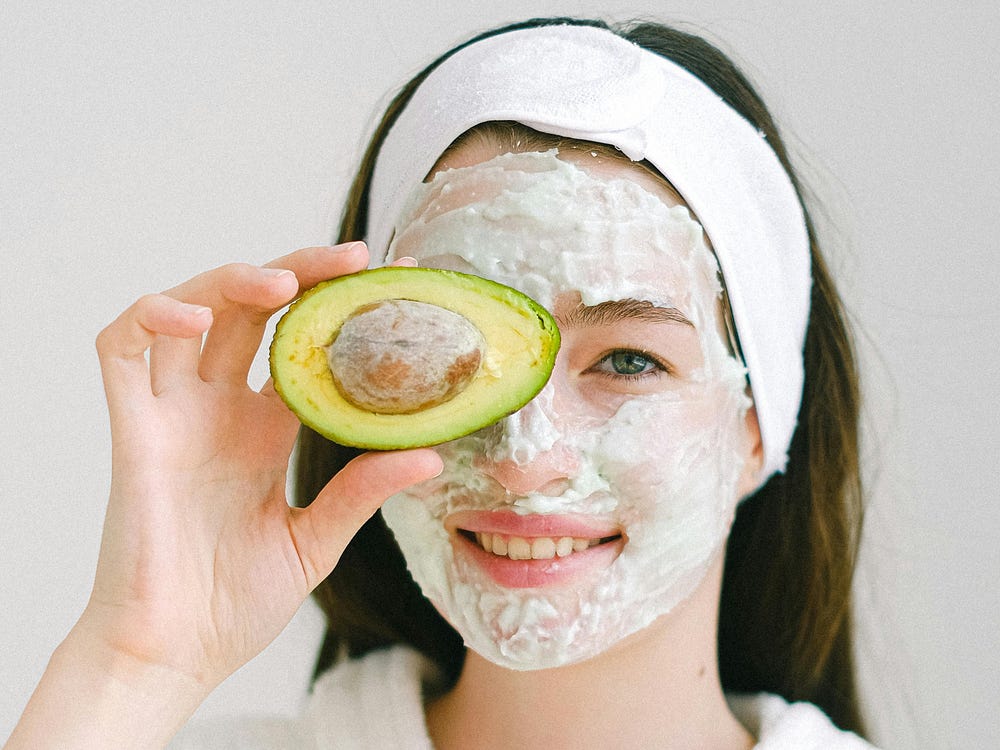
Why Go Natural with Skincare?
Your skin is your body’s largest organ why not treat it like the royalty it is? By choosing organic cleansers, homemade face masks, and natural remedies, you’re not only nurturing your glow but also reducing exposure to harsh chemicals that can harm your skin in the long run. Trust me, your future self (and your mirror) will thank you!
What are the benefits of organic ingredients in skincare products?
Natural skincare products often include ingredients like jojoba oil, shea butter, and aloe vera, which mimic the skin’s natural oils. These help maintain your skin’s protective barrier, locking in moisture and keeping harmful pollutants out. Unlike synthetic alternatives, organic options allow your skin to heal and breathe naturally, reducing the risk of redness, dryness, or irritation.
THE 10-STEP NATURAL SKINCARE ROUTINE
1. Cleanse Gently with Organic Cleansers
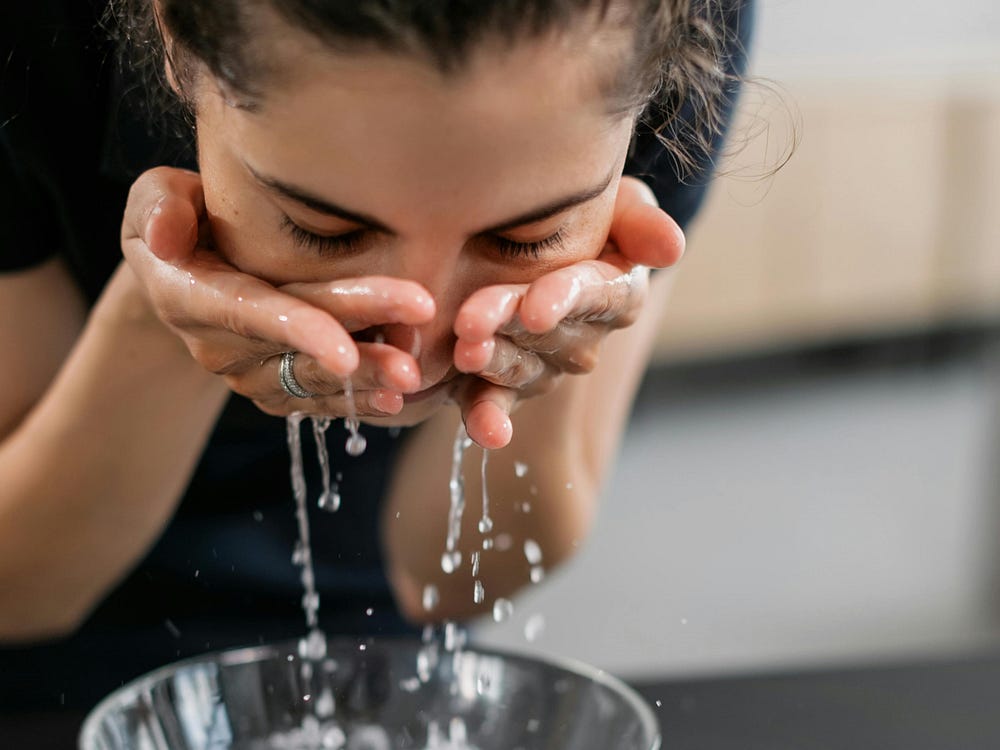
Use an organic cleanser twice daily to remove dirt and impurities. Opt for one with aloe vera or honey for extra hydration. Using organic cleansers is the foundation of a natural skincare routine, but how you use them can make all the difference. Here are six additional quick tips to optimize your cleansing process for radiant, healthy skin:
Double-Cleanse for a Thorough Routine
Start with an oil-based organic cleanser to remove makeup and sunscreen, followed by a gentle water-based cleanser to eliminate residual impurities.
Choose Ingredients Based on Your Skin Type
- Dry Skin: Look for cream-based cleansers with nourishing ingredients like oatmeal or almond milk.
- Oily Skin: Opt for cleansers with tea tree oil or charcoal for balance.
- Sensitive Skin: Stick to hypoallergenic options with chamomile or calendula.
Use Lukewarm Water Not Hot or Cold
Hot water can strip your skin’s natural oils, while cold water may not clean effectively. Lukewarm water is perfect for cleansing without causing damage.
Massage in Circular Motions
When applying your cleanser, use gentle, circular motions to stimulate circulation and ensure even application.
Pat Dry with a Clean Towel
Always pat (don’t rub) your face with a clean, soft towel. Dirty towels can transfer bacteria, leading to breakouts.
2. Exfoliate Weekly (But Don’t Overdo It!)
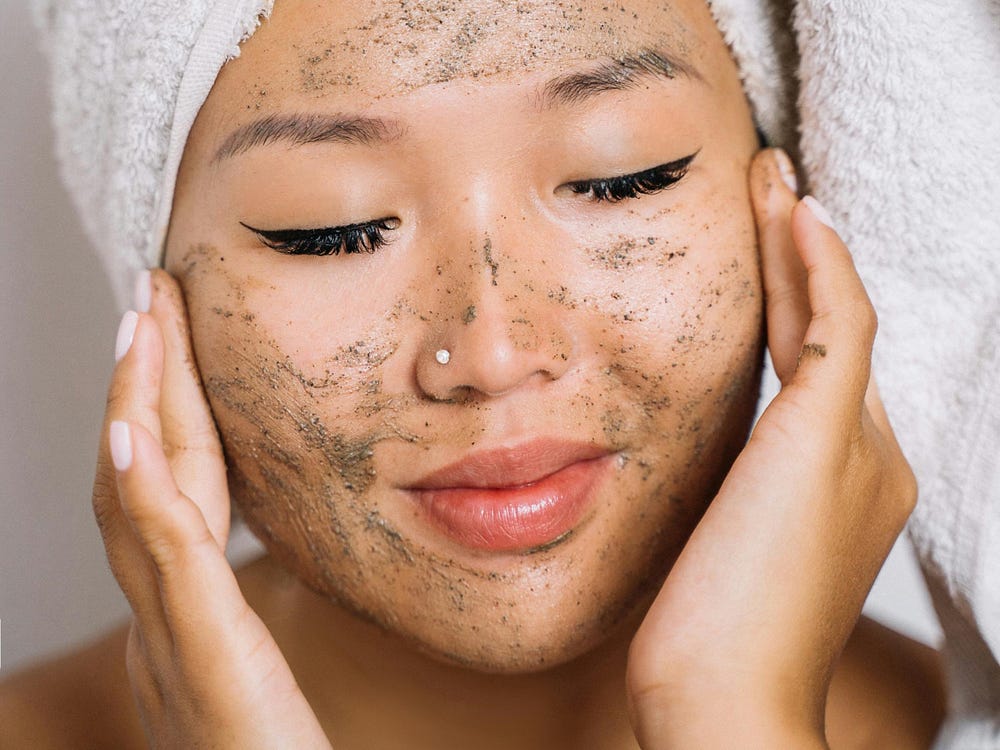
Buffing away dead skin cells is essential for a radiant glow, but balance is key. Using natural exfoliants like ground oats, sugar, or finely ground coffee mixed with nourishing oils can gently polish your skin. Here’s how to make the most of this step:
Tailor It to Your Skin Type
- Dry or sensitive skin: Use gentle exfoliants like finely ground oats or rice powder.
- Oily skin: Opt for slightly coarser natural ingredients, like coffee grounds or walnut shells.
- Why It Matters: Matching your exfoliant to your skin type prevents irritation and maximizes benefits.
Follow Up With Hydration
- After exfoliating, immediately apply a hydrating toner or moisturizer to lock in moisture. Look for products with hyaluronic acid or aloe vera for a soothing effect.
- Quick Tip: Never skip this step; exfoliated skin absorbs moisture better!
Keep It Simple and Fresh
- Make DIY exfoliants fresh each time to avoid bacterial growth. A simple sugar and olive oil scrub works wonders.
- Why It Matters: Fresh, natural ingredients enhance results without harmful preservatives.
Avoid Sun Exposure Post-Exfoliation
- Your skin becomes more sensitive after exfoliating. Use sunscreen with at least SPF 30 to protect your freshly buffed skin.
Exfoliate in the Evening
- Performing this step at night allows your skin to recover while you sleep. Your nighttime skincare routine will also penetrate deeper into freshly exfoliated skin.
- Quick Tip: Pair exfoliation with your weekly self-care ritual for added relaxation.
Know When to Stop
- If your skin feels overly tight, red, or irritated after exfoliating, it’s a sign you’re overdoing it. Cut back to once a week or switch to a gentler exfoliant.
3. Hydrate with a DIY Toner

Toners are an essential step in your skincare routine, helping to remove any leftover impurities, tighten pores, and restore skin balance. A mix of rose water and witch hazel can do wonders for hydration and pore care. Ready to elevate your toner game? Here are seven quick tips to maximize the benefits of your DIY toner:
7 Quick Tips for Getting the Most Out of Your DIY Toner
1. Boost Hydration with Add-Ons
- Add a few drops of glycerin or aloe vera juice to your toner mix for extra hydration and skin repair.
- Why It Matters: These ingredients lock in moisture, especially during dry weather.
2. Choose Witch Hazel Wisely
- Opt for alcohol-free witch hazel to avoid drying out your skin. Alcohol-based toners may irritate sensitive skin types.
- Quick Tip: Check the label for “alcohol-free” to ensure a gentle formula.
3. Store It Properly
- Keep your toner in a spray bottle and store it in the fridge. The cool temperature adds a soothing effect when applied.
- Why It Matters: Proper storage extends the toner’s shelf life and enhances its calming properties.
4. Incorporate Essential Oils
- Add 2–3 drops of essential oils like lavender or tea tree for added benefits like calming redness or reducing acne.
5. Double as a Makeup Refresher
- Spritz your toner lightly over your makeup throughout the day to refresh and set your look.
6. Use Cotton Pads for Extra Cleanse
- Apply your toner with a cotton pad to wipe away any remaining dirt and oil after cleansing.
- Why It Matters: This step ensures no residue is left behind, leaving your skin prepped for hydration.
7. Patch Test Before Use
- Test your DIY toner on a small patch of skin to ensure no adverse reactions, especially if you have sensitive skin.
- Quick Tip: Testing avoids potential irritation or allergies from new ingredients.
4. Embrace Homemade Face Masks

A homemade face mask is a luxurious treat for your skin and a budget-friendly solution to common skin concerns. Whether you’re aiming to brighten your complexion or deeply hydrate, the right natural ingredients can deliver stunning results. Let’s take your face mask game to the next level with these seven quick tips:
7 Quick Tips for Maximizing Homemade Face Masks
1. Know Your Skin Goals
- Use turmeric and yogurt for dullness, or banana and honey for moisturizing dry skin. If you’re looking to reduce redness, try green tea and aloe vera gel.
- Quick Tip: Always pick ingredients based on your skin’s needs for targeted benefits.
2. Keep It Fresh
- Make your face mask fresh for each use. Natural ingredients lose potency over time, so avoid storing masks for too long.
- Why It Matters: Fresh masks deliver better results and prevent bacterial growth.
3. Prep Your Skin
- Cleanse your face thoroughly before applying the mask to ensure it penetrates your skin effectively.
4. Apply Evenly with the Right Tool
- Use a clean makeup brush or silicone spatula for smooth, even application, reducing mess and waste.
- Quick Tip: This technique is more hygienic and ensures even coverage.
5. Time It Right
- Leave your mask on for 10–15 minutes, but don’t let it dry out completely especially for hydrating masks.
- Why It Matters: Over-drying can strip your skin of moisture instead of replenishing it.
6. Rinse with Lukewarm Water
- Avoid hot water when rinsing off the mask, as it can irritate your skin. Instead, use lukewarm water followed by a splash of cold water to tighten pores.
7. Don’t Forget to Moisturize
- After removing the mask, lock in the benefits with a natural moisturizer like jojoba oil or shea butter.
- Why It Matters: This final step helps seal hydration and maximize your glow.
5. Moisturize with Natural Oils
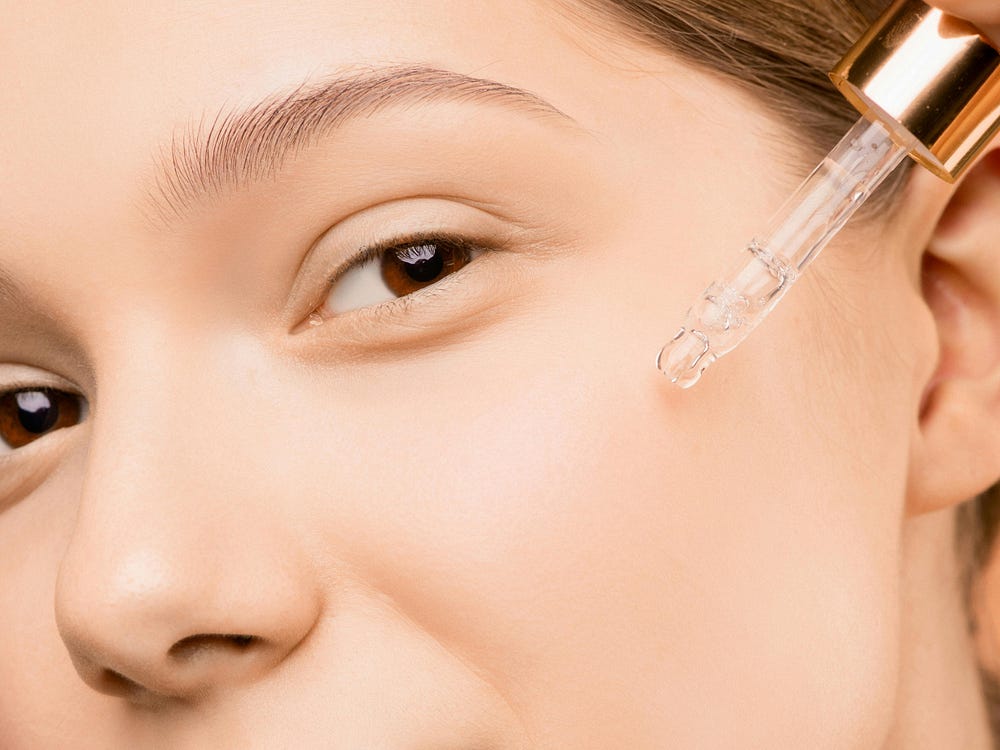
Using natural oils as moisturizers is a simple yet powerful way to nourish your skin without the chemicals found in synthetic lotions. Oils like jojoba and argan not only hydrate but also provide vitamins and antioxidants that boost your skin’s health. To help you make the most out of this practice, here are seven quick tips:
7 Quick Tips for Moisturizing with Natural Oils
1. Choose the Right Oil for Your Skin Type
- Oily Skin: Opt for lightweight oils like jojoba or grapeseed, which mimic your skin’s natural sebum and prevent clogged pores.
- Dry Skin: Use heavier oils like avocado or sweet almond oil for deep hydration.
- Quick Tip: Knowing your skin type ensures you’re giving your skin exactly what it needs.
2. Layer Oils with Water-Based Products
- Apply your oil after a water-based serum or mist to lock in moisture effectively. This layering technique enhances hydration without making skin feel greasy.
3. Warm the Oil Before Application
- Rub a few drops between your palms to warm it up before applying. This helps the oil glide on smoothly and absorb better into your skin.
- Why It Matters: Warm oils penetrate the skin more effectively.
4. Use as a Night Treatment
- Incorporate oils into your nighttime routine for maximum skin regeneration while you sleep.
- Quick Tip: Combine with a gua sha or jade roller for enhanced benefits.
5. Don’t Skip Sensitive Areas
- Gently dab oil around delicate areas like under your eyes or on your neck to keep them hydrated and wrinkle-free.
6. Add to Your Foundation for a Dewy Look
- Mix a drop of oil into your foundation for a glowing, hydrated finish. This trick is great for makeup days when you want your skin to look luminous.
- Why It Matters: Combines skincare with beauty for a flawless effect.
7. Store Oils Properly
- Keep your oils in a cool, dark place to preserve their potency and prevent them from going rancid.
- Quick Tip: Use amber or blue glass bottles to protect oils from light damage.
6. Use a Natural Sunscreen Daily

Natural sunscreens are your best defense against harmful UV rays while being kind to your skin and the planet. Formulated with mineral-based ingredients like zinc oxide, they provide broad-spectrum protection without toxic chemicals. Whether it’s sunny or overcast, these sunscreens are essential for maintaining your skin’s health and youthful glow. Let’s dive into seven quick tips to enhance your sunscreen game.
7 Quick Tips for Using Natural Sunscreen Daily
1. Opt for Broad-Spectrum Protection
- Choose sunscreens labeled as “broad-spectrum” to shield your skin from both UVA (aging) and UVB (burning) rays.
- Quick Tip: Look for zinc oxide as the main active ingredient — it’s a skin-friendly mineral block.
2. Apply Before Heading Outdoors
- Apply sunscreen 15–20 minutes before sun exposure to allow your skin to absorb it fully.
3. Don’t Skip Overcast Days
- Up to 80% of UV rays can penetrate clouds. Make sunscreen part of your daily routine, rain or shine.
4. Reapply Consistently
- Reapply sunscreen every two hours, especially after sweating or swimming.
- Why It Matters: Even water-resistant formulas need reapplication for consistent protection.
5. Layer with Skincare Products
- Apply your sunscreen after moisturizer and before makeup for optimal efficacy.
- Quick Tip: A lightweight formula works well under makeup without clogging pores.
6. Use the Right Amount
- The general guideline is about a nickel-sized amount for your face and two tablespoons for your body.
- Why It Matters: Under-applying reduces the level of SPF protection.
7. Check for Eco-Friendly Packaging
- Support sustainability by choosing sunscreens in recyclable or biodegradable packaging.
- Quick Tip: Look for reef-safe options to protect marine ecosystems when swimming in the ocean.
7. Don’t Skip the Eye Area
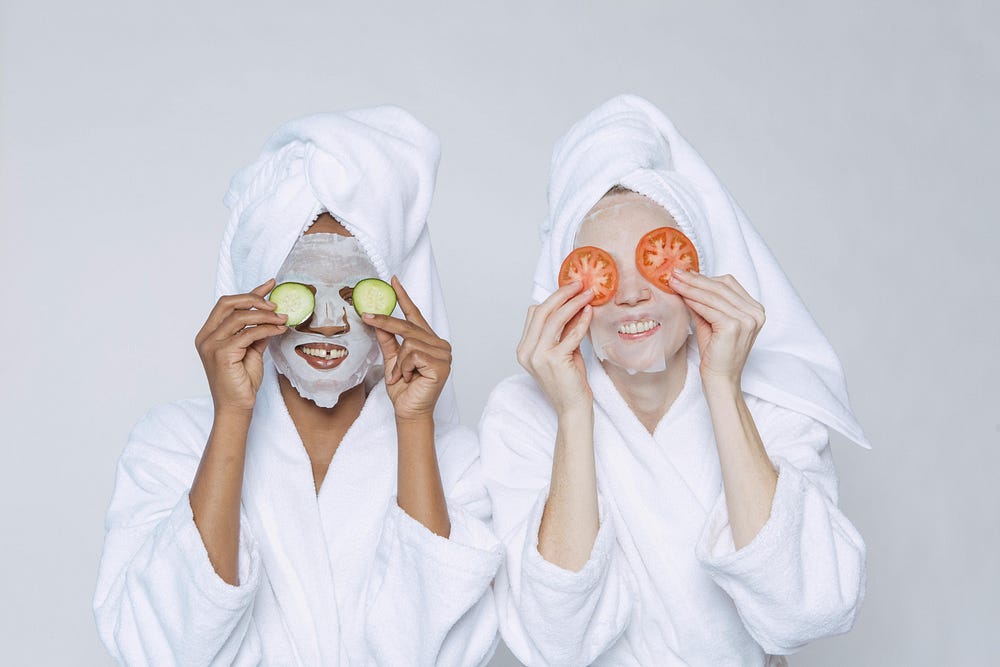
The delicate skin under your eyes deserves special attention! Natural remedies like cucumber slices or chilled green tea bags offer gentle yet effective solutions for puffiness and dark circles. By incorporating these small but impactful steps, you can achieve brighter, healthier-looking eyes without spending a fortune.
7 Quick Tips for Caring for the Under-Eye Area
1. Hydrate Regularly
- Keep your under-eye area moisturized with natural ingredients like aloe vera gel or almond oil.
- Quick Tip: Gently dab the product to avoid tugging at this fragile skin.
2. Apply Chilled Spoons for Instant Relief
- Place two chilled metal spoons over your eyes to reduce puffiness and refresh tired skin.
- Why It Works: The cold constricts blood vessels, minimizing swelling.
3. Try Potato Slices for Brightening
- Thinly sliced potatoes can lighten dark circles thanks to their natural bleaching properties.
- Quick Tip: Leave slices on for 10 minutes for a quick fix.
4. Massage with Natural Oils
- Use coconut or rosehip oil to gently massage the under-eye area, boosting circulation and hydration.
5. Incorporate Vitamin E
- Dab a drop of Vitamin E oil under your eyes to repair and protect the skin overnight.
6. Wear Sunglasses Outdoors
- Shield your eyes from harmful UV rays to prevent premature aging and pigmentation.
- Quick Tip: Look for sunglasses offering 100% UV protection.
7. Adopt a Healthy Sleep Routine
- Ensure you’re getting 7–8 hours of quality sleep to minimize under-eye puffiness and dark circles.
- Why It Matters: Sleep deprivation leads to fluid retention and visible fatigue.
8. Detox Your Skin Overnight
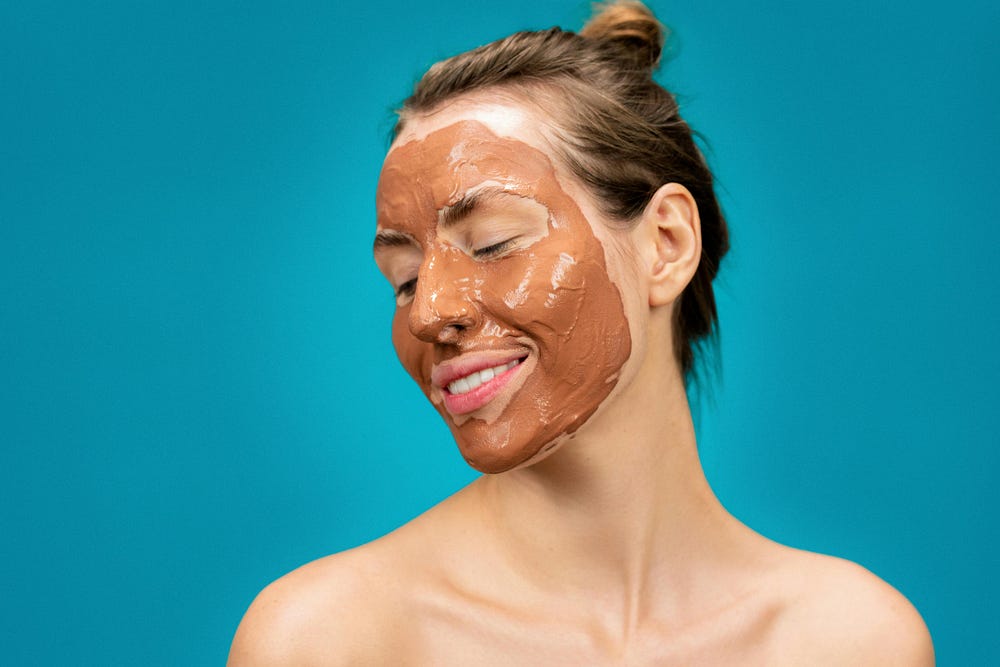
Your skin works overtime while you sleep, making nighttime the perfect opportunity for detoxification. Applying a thin layer of organic aloe vera gel before bed hydrates, soothes, and purifies your skin naturally. Incorporating this simple habit can lead to a fresh, radiant look come morning.
7 Quick Tips for Detoxing Your Skin Overnight
1. Use a Silk Pillowcase
- Silk is gentle on your skin and reduces friction, helping to minimize irritation while you sleep.
- Quick Tip: Wash your pillowcase weekly to keep bacteria at bay.
2. Double-Cleanse Before Bed
- Start with an oil-based cleanser to remove makeup, followed by a gentle cleanser to clear impurities.
3. Drink Detox Water Before Bed
- Sip on water infused with cucumber, lemon, or mint to hydrate and flush out toxins.
4. Incorporate an Overnight Mask
- Opt for a natural overnight mask with ingredients like honey, turmeric, or oatmeal for extra detoxification.
- Quick Tip: Apply sparingly to avoid clogging your pores.
5. Steam Your Face Before Bed
- Use a facial steamer or a bowl of hot water to open up your pores and prep for nighttime skincare.
- Why It Works: Steam loosens debris and promotes better absorption of skincare products.
6. Apply a Natural Night Cream
- Look for creams with ingredients like shea butter, aloe vera, or chamomile for repair and hydration.
7. Stay Elevated While Sleeping
- Use an extra pillow to slightly elevate your head and reduce puffiness or water retention.
- Quick Tip: This simple adjustment can work wonders for morning freshness.
9. Stay Hydrated from Within
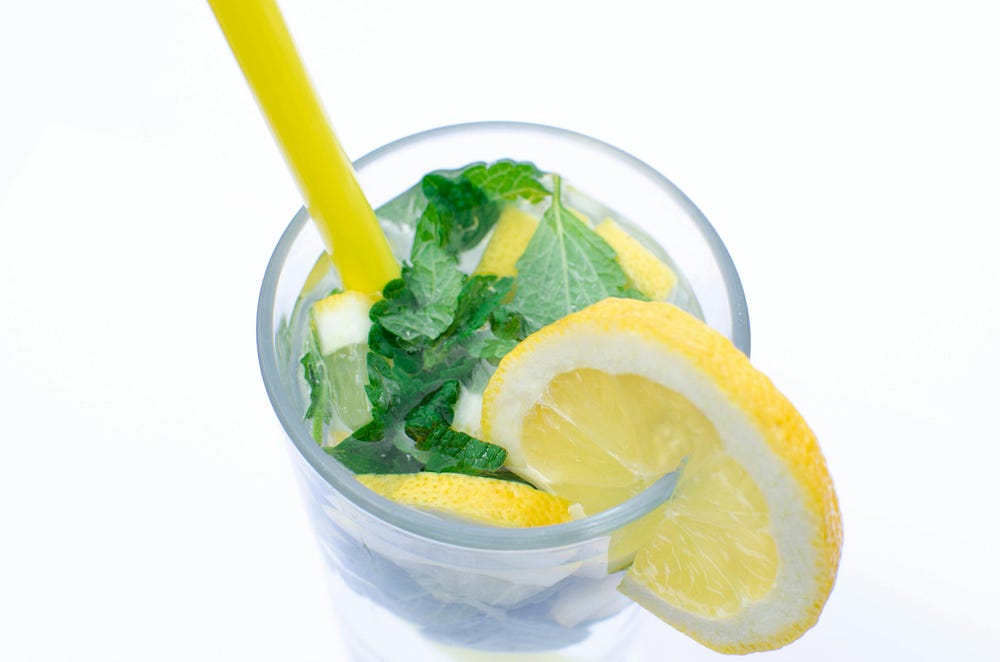
Keeping your skin glowing starts from within. Water and herbal teas are your ultimate beauty elixirs, ensuring hydration and elasticity. Think of every sip as an investment in your natural glow.
7 Quick Tips to Stay Hydrated and Boost Skin Health
1. Set Hydration Goals
- Aim for at least 8 glasses of water daily to maintain optimal hydration. Adjust based on your activity level and climate.
- Quick Tip: Use a water-tracking app to build this habit effortlessly.
2. Infuse Your Water with Fruits
- Add slices of cucumber, lemon, or berries for added vitamins and antioxidants.
3. Replace Coffee with Herbal Teas
- Opt for teas like chamomile or green tea to soothe your body and boost antioxidants without dehydrating your skin.
4. Snack on Hydrating Foods
- Include water-rich fruits and vegetables like watermelon, cucumber, or oranges in your diet.
- Quick Tip: A hydrating snack is a skincare boost in disguise!
5. Start Your Morning with Lemon Water
- Kickstart your hydration with a warm glass of lemon water to flush out toxins.
6. Use a Reusable Water Bottle
- Carry a stylish, reusable bottle to remind yourself to hydrate throughout the day.
- Why It Works: Convenient access encourages consistent water intake.
7. Limit Alcohol and Sugary Drinks
- Reduce consumption of drinks that can dehydrate your skin and disrupt its natural glow.
- Quick Tip: For every alcoholic drink, balance it with a glass of water.
10. Treat Yourself to a Healthy Diet

Your diet plays a significant role in the health of your skin. By prioritizing nutrient-dense foods, you can amplify your natural glow from the inside out. Antioxidants combat free radicals, while vitamins and healthy fats work to repair and rejuvenate your skin cells.
7 Quick Tips to Boost Your Diet for Radiant Skin
1. Incorporate Healthy Fats
- Avocados, salmon, and walnuts are rich in omega-3 fatty acids, which keep your skin supple and moisturized.
2. Snack on Berries Daily
- Blueberries, raspberries, and strawberries are packed with antioxidants and vitamin C, which help brighten your complexion.
- Quick Tip: Add a handful to your breakfast for an effortless skin boost.
3. Go Green with Leafy Veggies
- Spinach, kale, and broccoli are high in vitamin A and iron, promoting even skin tone and reducing dullness.
4. Choose Whole Grains Over Refined Carbs
- Whole grains help maintain stable blood sugar levels, reducing inflammation that can lead to breakouts.
- Quick Tip: Swap white bread for quinoa or brown rice.
5. Stay Hydrated with Fruits
- Water-rich fruits like watermelon, cucumber, and oranges provide hydration and essential vitamins.
6. Boost Your Zinc Intake
- Pumpkin seeds, chickpeas, and dark chocolate are excellent sources of zinc, which helps with skin healing and oil regulation.
- Why It Works: Zinc reduces acne-causing bacteria and inflammation.
7. Limit Processed Foods
- Cut back on sugary snacks and fried foods to avoid dullness and breakouts. Instead, reach for nuts or fresh veggies for your cravings.
- Quick Tip: Make small changes for sustainable habits that reflect on your skin.
Your beauty routine can be a small step toward a healthier planet without compromising results.
Going natural isn’t just a win for your skin it’s a win for the environment, too. Many conventional skincare products contain harsh chemicals that pollute water systems when washed away. Organic products, on the other hand, often come with eco-friendly packaging and biodegradable ingredients, making them a sustainable choice. By embracing natural skincare, you’re not only enhancing your glow but also contributing to a cleaner, greener future.
This guide is intended for general purposes only. Always consult a dermatologist for personalized advice and do thorough research before trying new products. 🌿
Which step will you try first? Have you already incorporated any of these tips into your routine? I’d love to hear your thoughts leave me a comment or follow me if you found this guide helpful. Don’t forget to share it with someone who’s also on a quest for naturally radiant skin. 🌟
If you’re strapped for time, no worries! You can listen to this article on Vaughn’s Podcast, available on all major platforms. Tune in for beauty tips that fit your busy schedule.
If you enjoyed this content and want to help me create more, consider buying me a coffee! Your support means the world to me.
More Health Reads Just for You
Looking for more health inspiration? Check out:👇
Make sure to subscribe to my email list to stay updated on my latest health and beauty tips. Click the email icon below to join the community!📧
Comments
Post a Comment